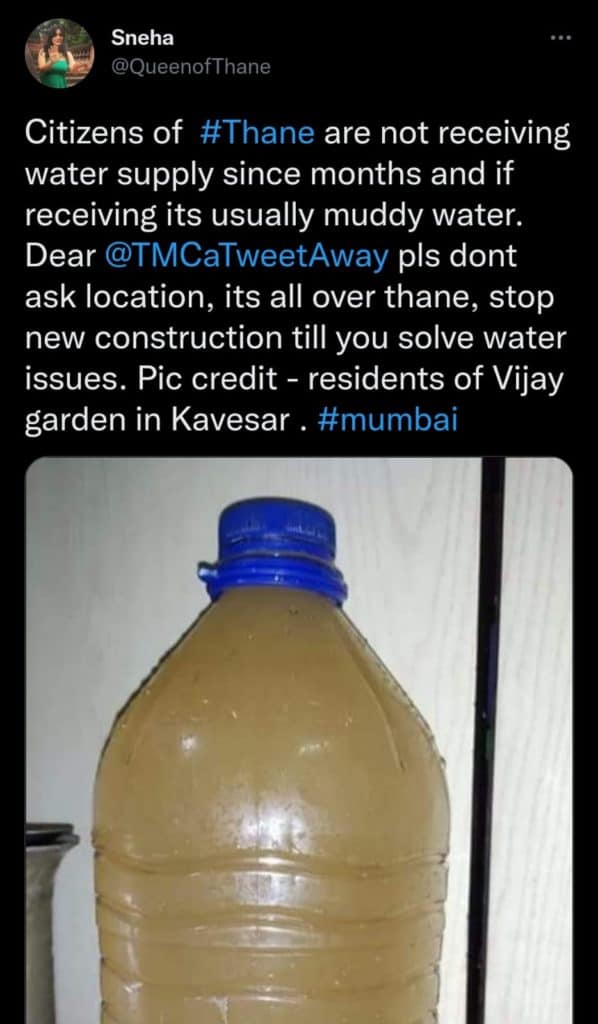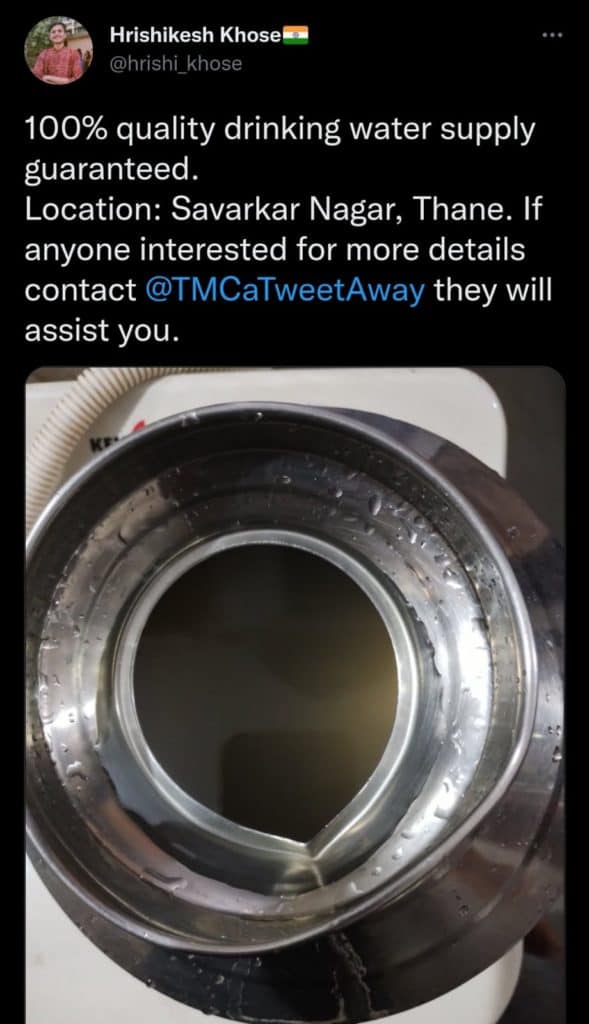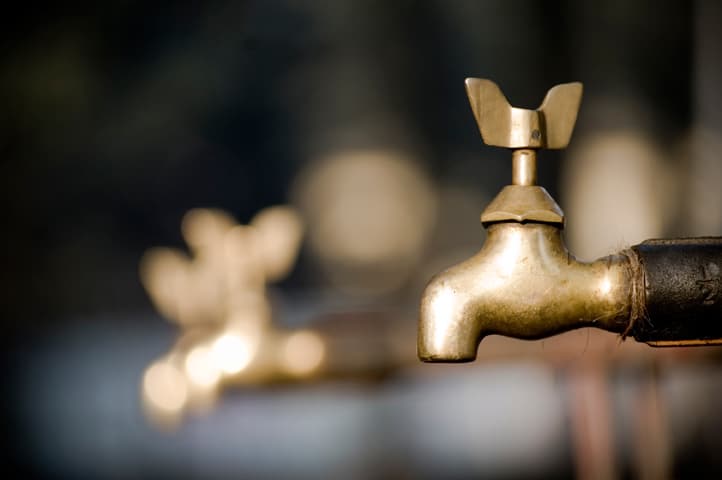Water is an essential part of life and its abundance is necessary for food and livestock security. Safe, adequate and equitable water supply, therefore, is required to conserve biodiversity and the environment. But Mumbai is severely lagging in this.
In Thane district particularly, situated next to Mumbai Metropolis, the area is abundant in only water supply issues, no water. For the past few years, Thane’s roughly 22-lakh strong population has struggled with adequate water supply. Many parts of Thane, namely Kolshet, Hiranandani Estate, Mumbra, Diva, Waghbil and Kasarvadavli, are either not receiving proper water supply, or are receiving impure water which is causing diseases.
Thane is supplied with 485 million millilitres of water per day, but due to its growing population, this supply is becoming insufficient. By 2030, the city needs 600 million millilitres of water per day.
Mumbai Metropolis gets water from lakes Bhatsa, Tansa, Vihar, Barvi, Tulsi, Modak Sagar, Middle Vaitarna, and Upper Vaitarna. Apart from Vihar lake, all other lakes are situated in the Thane district. But despite so many lakes in the district, the citizens of Thane City, Kalyan, and Bhiwandi don’t get enough water.
In Thane in particular, the rise in the number of townships is inviting more trouble, since Thane Municipal Corporation (TMC) is giving water connections to new townships by hampering the water supply of existing societies. Being one of the densest cities in the Mumbai Metropolitan Region (MMR), Thane already needs more water than it currently receives. Illegal constructions, too, are adding to the problem.
Irregular and impure water supply have led to city-wide outrage by citizens on Twitter.



Housing societies struggle
Housing societies in Thane have to arrange tankers for their daily water needs, despite paying water tax to the municipality. The municipal water tax is around Rs 300 to Rs 500 per month, while the usual water tanker charges in Thane are Rs 15,000 per water tanker.
Despite multiple complaints to the TMC by housing complexes like Lodha Amara, Lodha Aristo, as well as activists, nothing has changed. “People are suffering from a water crisis in Thane. We had even complained to local Corporator Mr Sanjay Bhoir, and Abhishek Lodha (Owner of Lodha Group) but apart from verbal assurances that our issues will be resolved, nothing happened,” said a member of the Kolshet Residents Forum.

Many have suggested that TMC should stop new construction till water issues are resolved, and some want a permanent solution.
However, this issue is not new. In May 2017, the Bombay High Court ordered a temporary stay on any new constructions on Ghodbunder Road in Thane over the issue of inadequate water supply to residential colonies in the area. Later, TMC, in an affidavit submitted on June 9th 2017 before a division bench, said that the civic body was able to provide drinking water through water pipelines throughout the year to all areas in Thane, including Ghodbunder Road. But the issue persists.
The TMC Water Department has continuously maintained that they are working to resolve the issue. But the rate at which they are granting OCs and permissions to new constructions, their promises seem increasingly unattainable.
Furthermore, TMC has not issued a mandate to check the water supply requirements and assess the environmental impact of these projects.
Read more: Izzat ka Pani: The story of a Mumbai resident’s long struggle for piped water
Residents speak out
Lodha Amara, a residential complex of Kolshet, had launched a massive protest to highlight the water supply issues in their society. The builder – Lodha Group – later managed to help the citizens of the society, but other parts of Thane city continue to grow daily, without any proper water supply management.
It is estimated that by the year 2025, the population of Thane City may touch 25 Lakh, and by the year 2030, post the completion of mega townships of developers like Kalpataru, Lodha, Vihang, Rustomjee, Sheth, Puraniks and Runwal, the population may even touch 30 lakhs.
The BJP in the past had spoken about building an independent dam called Shai Dam exclusively for Thane city, but nothing happened further. With more land parcels turning into mega townships, the only smart thing the TMC can do is to stop giving OCs to new buildings until they have figured out how to plug the water shortage.